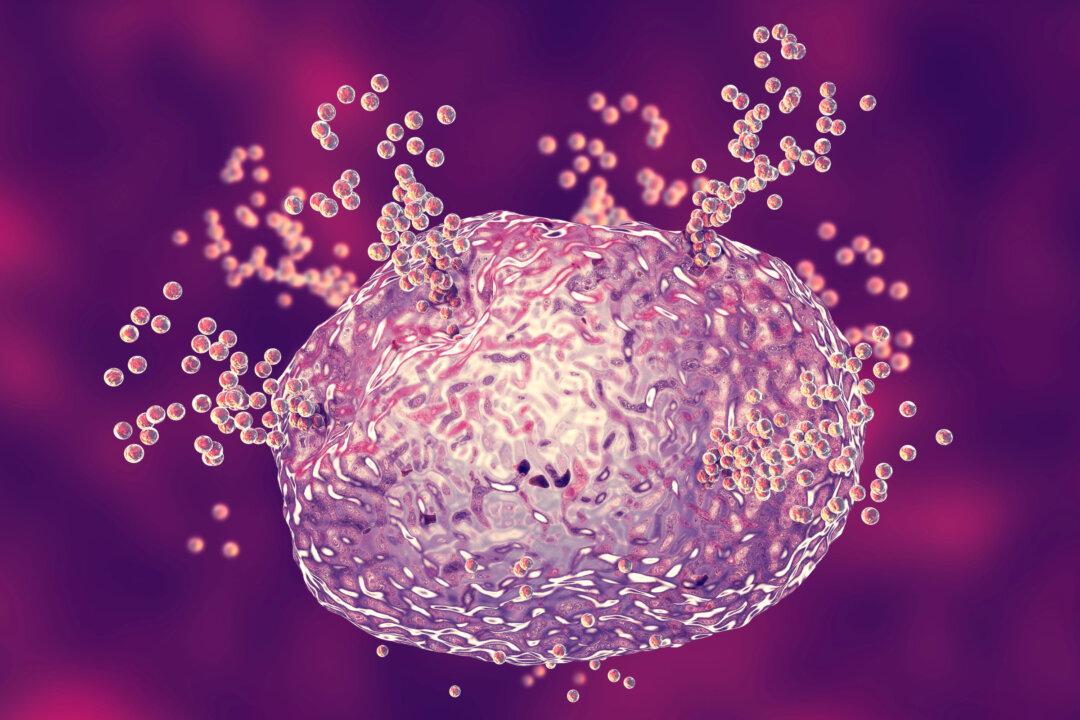A dilate and curettage (D and C) is a surgical procedure that is sometimes needed after a miscarriage. It can also be performed to remove polyps or tumors from the uterus. Oftentimes, it’s done in the operating room, but can also be done in a doctor’s office.
During surgery, an OB/GYN dilates (opens) the cervix to be able access the uterus. They use a curettage to remove any placental and fetal tissue that might remain in the uterus. Sometimes, hysteroscopy is utilized by inserting a small, thin camera into the uterus to better visualize the area. A D and C can also be used to diagnose other uterine problems.
Why Is a D and C Needed After Miscarriage?
Usually, women are able to miscarry on their own naturally and the body is able to pass all of the placental and fetal tissue without a problem. In some circumstances, these products are retained in the uterus. This can make a woman highly susceptible to infection along with preventing another pregnancy and disrupting hormone function. Retained placental and fetal tissue should be dealt with swiftly to ensure proper recovery from miscarriage.What Are the Risks Involved With a D and C?
While significant risks and complications with a D and C are rare, sometimes they do occur. These include:- Perforation of the uterus
- Damage to the cervix
- Reactions to anesthesia
- Heavy bleeding
- Scar tissue development in the uterus, known as Asherman’s syndrome
- Infection






